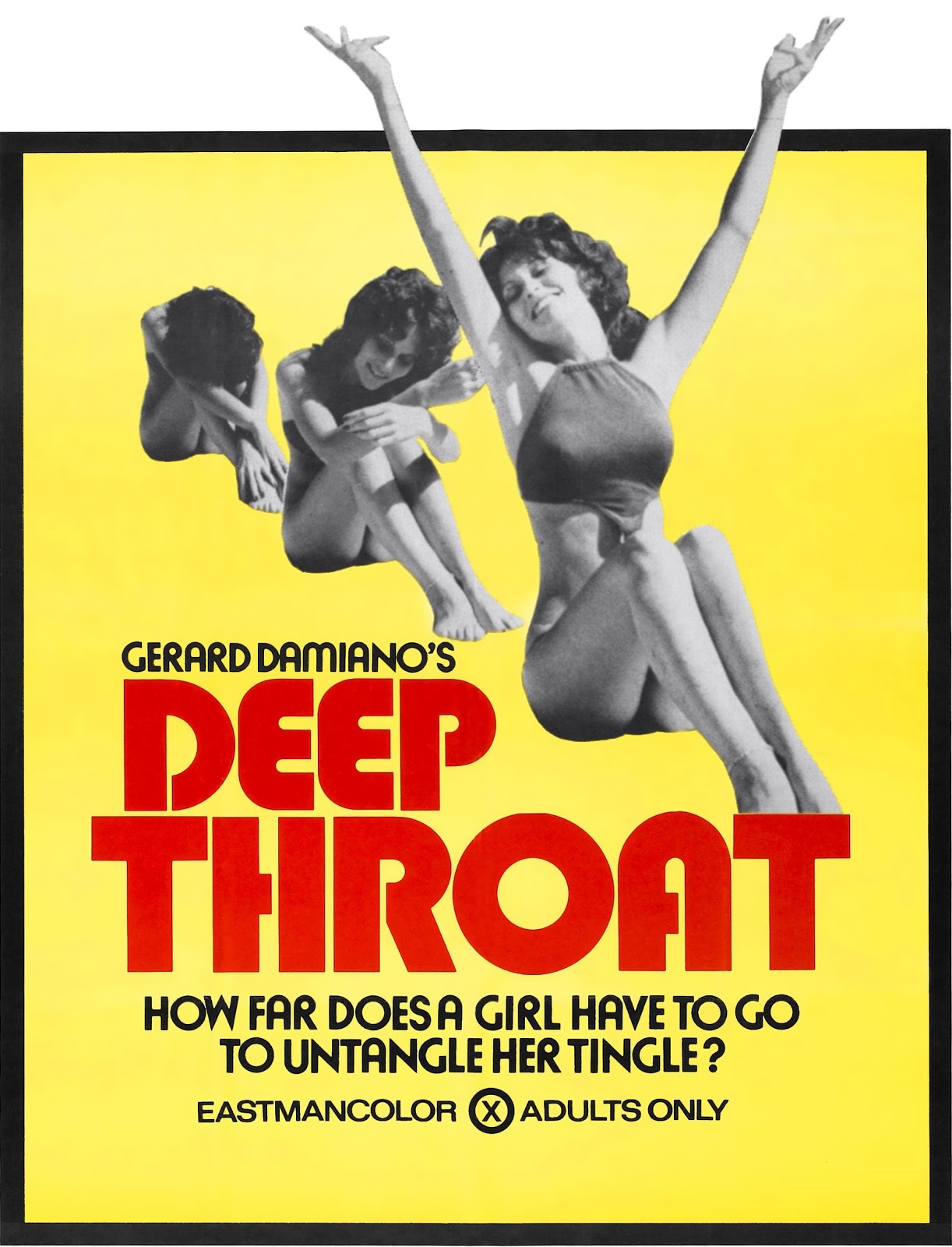The term "Deep Throat movie" evokes a myriad of responses, from curiosity to controversy. Released in 1972, this adult film not only transformed the landscape of the adult entertainment industry but also sparked significant societal discussions surrounding sexuality, censorship, and the film industry itself. As one of the most talked-about films of its time, "Deep Throat" remains a pivotal part of cinematic history. In this article, we will delve deep into the film's background, its cultural implications, and its enduring legacy, analyzing how it reflects and influences societal attitudes toward sexuality.
The story of "Deep Throat" is intertwined with the evolution of adult films, the legal challenges they faced, and the impact they had on mainstream cinema. Its release marked a turning point in how adult content was perceived and distributed in America, challenging the norms of a conservative society. Additionally, the film’s notoriety led to pivotal legal battles that would shape the future of adult entertainment and freedom of expression in cinema.
In the following sections, we will explore various facets of the "Deep Throat movie," including its production, cast, controversies, and the legal ramifications that followed. By examining these elements, we aim to provide a comprehensive understanding of its significance, and why it remains relevant in discussions about adult films today.
Table of Contents
- Biography of Deep Throat
- Production of Deep Throat
- Cultural Impact of Deep Throat
- Legal Issues Surrounding Deep Throat
- Reception and Public Reaction
- Legacy of Deep Throat
- Conclusion
- Sources
Biography of Deep Throat
"Deep Throat" is directed by Gerard Damiano and stars Linda Lovelace, who played the titular character, and Harry Reems. The film is notable not only for its adult content but also for its unique narrative structure, which incorporated elements of comedy and drama. Below is a brief overview of the key individuals involved in the making of "Deep Throat."
| Name | Role | Notable Works |
|---|---|---|
| Gerard Damiano | Director | Deep Throat, The Devil in Miss Jones |
| Linda Lovelace | Actress | Deep Throat, Behind the Green Door |
| Harry Reems | Actor | Deep Throat, The Devil in Miss Jones |
Production of Deep Throat
The production of "Deep Throat" began in 1971, with a budget of approximately $25,000. It was filmed in New York City, primarily in locations that conveyed a sense of realism. The film's plot revolves around a woman who discovers that her clitoris is located in her throat, leading her on a sexual journey that challenges societal norms.
Despite its explicit content, "Deep Throat" was groundbreaking in its attempt to depict female pleasure and sexual exploration. The film's narrative structure allowed it to stand apart from its contemporaries, which often focused solely on explicit scenes without a cohesive story.
Key Production Highlights
- Budget: $25,000
- Filming Locations: New York City
- Release Year: 1972
- Genre: Adult Comedy
Cultural Impact of Deep Throat
"Deep Throat" was instrumental in changing public perceptions of sexuality and adult films. It was one of the first adult films to gain mainstream attention, leading to increased discussions about sexual liberation and the censorship of adult content.
As the first adult film to be widely screened in theaters, "Deep Throat" opened the door for other adult films to enter the mainstream. Its success challenged the stigma surrounding adult films and encouraged a dialogue about sexual freedom and expression.
Changing Perspectives
- Increased visibility of adult films in mainstream media.
- Challenge to conservative views on sexuality.
- Encouragement of sexual liberation movements in the 1970s.
Legal Issues Surrounding Deep Throat
The release of "Deep Throat" was met with significant legal challenges. In 1973, it became the subject of obscenity trials, with various states attempting to ban the film. The legal battles surrounding "Deep Throat" were pivotal in shaping the discourse on freedom of expression and censorship in the United States.
The film's producers and actors were often in and out of court, fighting to defend their right to create and distribute adult content. Ultimately, several rulings helped to define what constituted obscenity and what could be considered protected speech under the First Amendment.
Reception and Public Reaction
Despite the criticisms, the film was a commercial success, grossing millions of dollars and becoming a cultural phenomenon. It sparked discussions about sexual politics, freedom of expression, and the role of women in adult films.
Legacy of Deep Throat
The legacy of "Deep Throat" extends far beyond its initial release. It is often credited with paving the way for the modern adult film industry and influencing the portrayal of sexuality in mainstream media. The film is a case study in the complexities of censorship, sexual politics, and the evolving landscape of cinema.
Today, "Deep Throat" is recognized as a cultural artifact that reflects the changing attitudes toward sexuality in America. Its impact is still felt in discussions about sexual freedom, representation, and the ongoing debates surrounding adult content.
Conclusion
In summary, the "Deep Throat movie" is more than just an adult film; it is a significant cultural landmark that reshaped societal attitudes toward sexuality and censorship. Its impact on the film industry and public discourse continues to resonate today. As we reflect on the legacy of "Deep Throat," it is essential to consider the ongoing conversations surrounding sexual freedom and representation in media.
We encourage readers to share their thoughts on "Deep Throat" and its significance in the comments below. If you're interested in exploring more about the evolution of adult films or their cultural implications, check out our other articles on the subject!
Sources
- Williams, Linda. "Hard Core: Power, Pleasure, and the "Frenzy of the Visible." University of California Press, 1989.
- Schneider, Steven Jay. "Deep Throat: The Movie That Changed Everything." The New York Times, 2005.
- Blum, Vanessa. "The Untold Story of Deep Throat." The Atlantic, 2012.
- Baker, D. "Deep Throat and the Politics of Censorship." Journal of Popular Culture, 1995.


